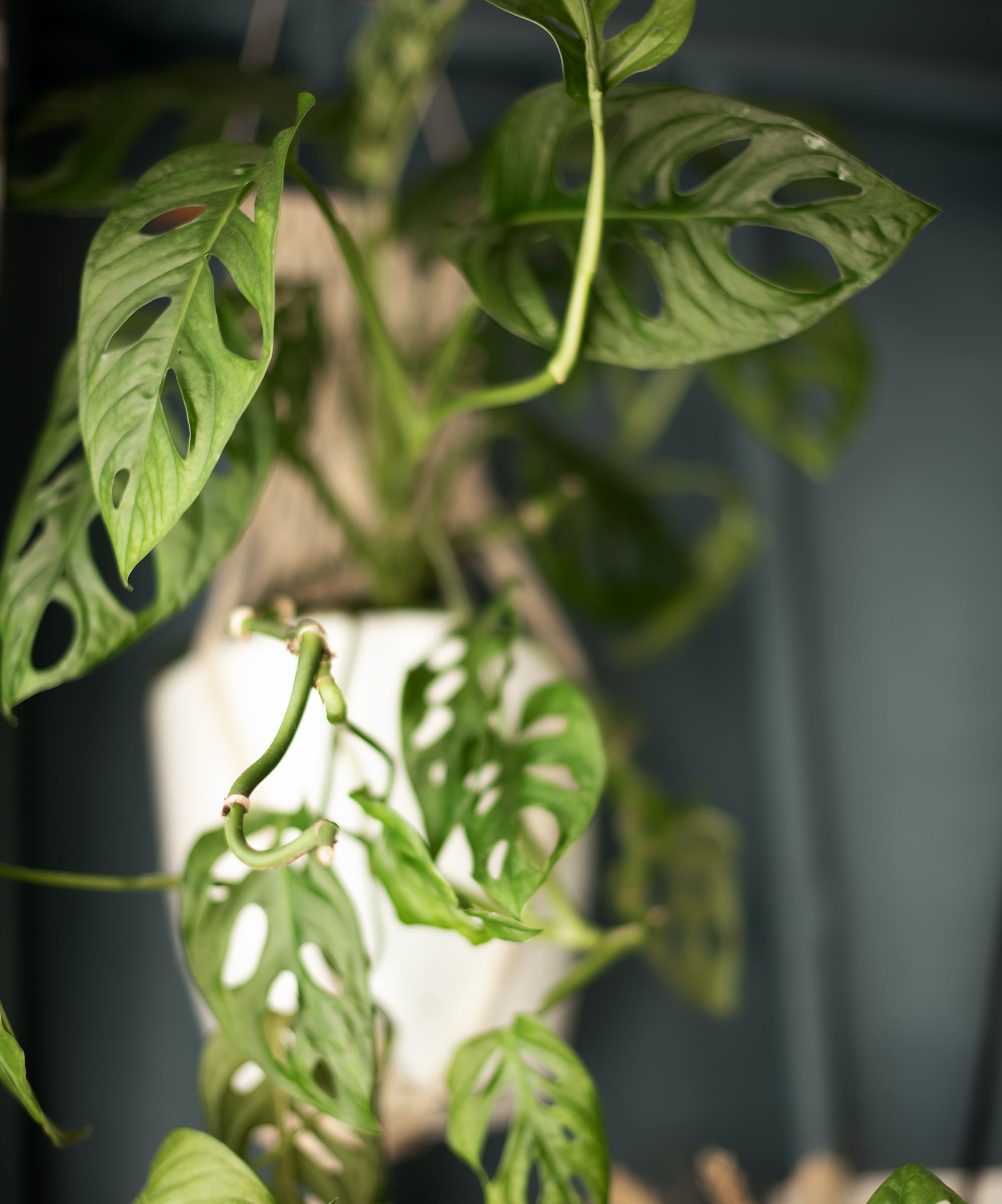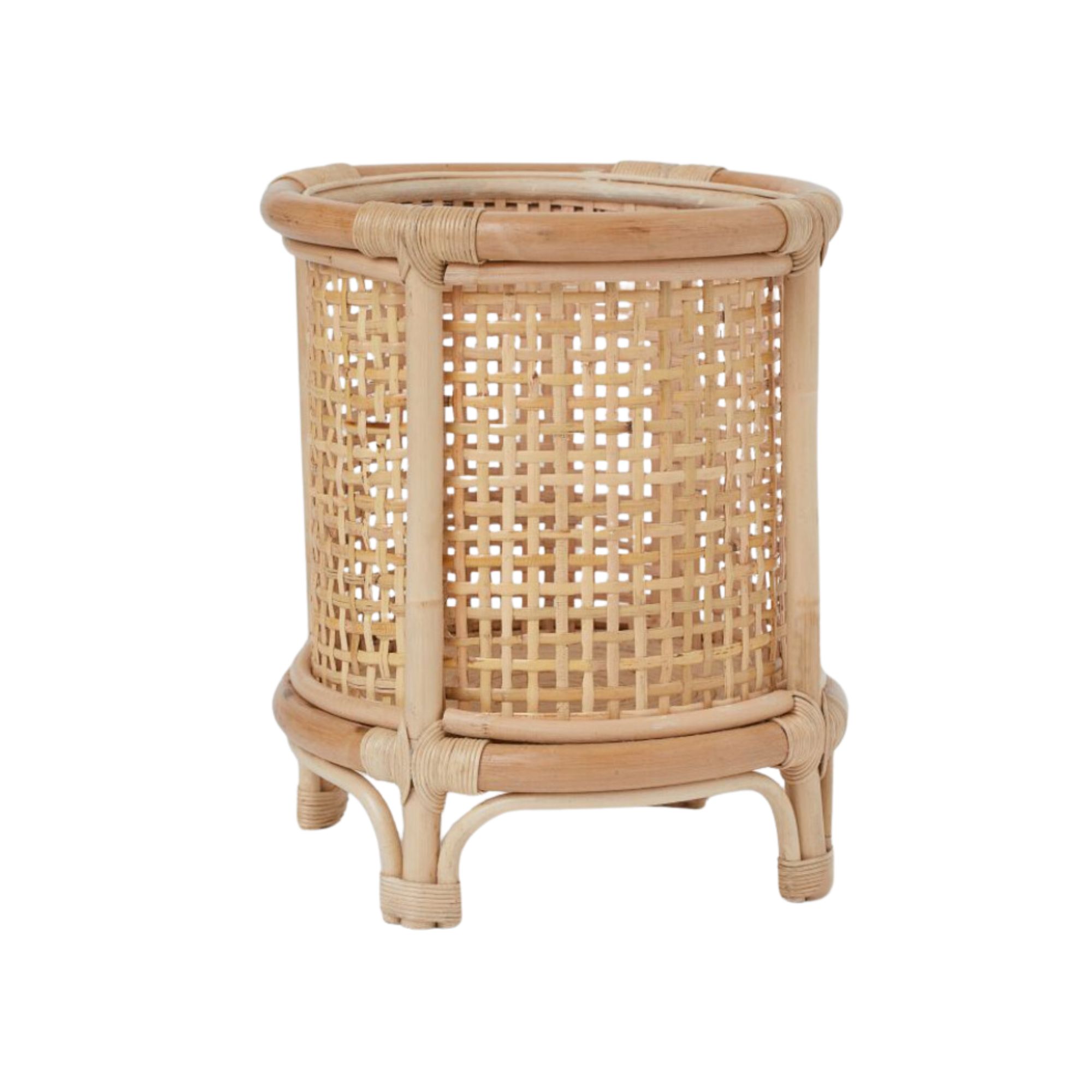
These four trailing houseplants selected by our gardening experts will bring statement greenery to take your aesthetic without hammering you with complex plant care needs.
Trailing plants have gorgeous cascading leaves that work beautifully on shelves, windowsills or in hanging planters. Our plant experts reveal which green babies of the trailing variety are cute, easy to maintain, and regular customer favorites.
Even when adding natural touches to small spaces, these indoor plants won't take up much room, but will bring a lovely spot of tumbling drama to your room.
The best trailing houseplants
Find some cute planters and let these trailing trailblazers wow you with their verdant leaves.
"They are perfect for cozying up indoor spaces when styled on shelves, hutches, countertops, and side tables while adding lots of character to any room," says Stacy Ling, gardening expert and creator of Bricks 'n Blooms. "But the best part? They don’t need a lot of room to grow! So any size room can handle one of these trailers."
1. Pothos

Consider pothos, also known as devil's ivy and golden pothos, if you're looking to experiment with trailing houseplants. There are many varieties available online, but we like this two pack of pre-potted pothos plants at The Home Depot to help you get started.
"For that dreamy trailing allure, invite devil's ivy to dangle from your spaces gracefully," says Megan Cain, founder of The ZEN Succulent. "This enchanting plants adores moderate light but can tolerate low light, too. Water sparingly — overwatering is their kryptonite."
Another pleasing tidbit for this plant, beside its gorgeous and distinctive yellow markings, is its low maintenance factor.
"Pothos is incredibly versatile and easy to care for, growing well in a variety of lighting conditions," Gene Caballero, co-founder of Green Pal, echoes. "Keep the soil moderately dry and trim the vines to maintain its shape."
2. String of pearls

Quite frankly, apartment gardening ideas are not complete without a string of pearls. Much like pothos, they're not fussy, yet they offer eye-catching results.
"Allow the soil to dry out before giving them a sip, and watch those cascading vines become the focal point of your indoor haven," Megan recommends. "Trim the excess growth if needed, and you'll have a mesmerizing tapestry of green elegance."
Head over to Amazon's selection of String of Pearls to find your new trailing green baby.
3. Monstera adansonii

Monstera adansonii plants, also known as Swiss cheese plants for their distinctive leaves, don't demand much from their owners, making them one of the best plants for indoor gardens.
"They are easy to grow, easy to care for, and are resilient when lack of care or too much care is given," Stacy says. "These vibrant green plants climb and trail gracefully, adding a touch of the tropics to any indoor space."
Make sure to keep yours in bright, indirect light. You'll find lots of monstera adansonii at The Home Depot, with this 6-inch grower pot a perfect one to start with.
4. Common ivy

Believe it or not, the common ivy makes a great trailing plant, plus its super hardy and easy to grow.
Dominic Hooghuis, co-founder of The Plant Runner says, "Trimming any brown spent regularly and feeding with a liquid indoor plant food will encourage long lush growth."
Explore the real ivy plants available on Amazon.
What to shop
Those beauties are going to need a planter to live in, right? Plus we recommend a nice mister for the low-maintenance selections among the brood.

Price: $36
Dimensions (in.): H5.7 x D6.5

Price: $9.98
Capacity (oz): 8.8

Price: $39
Dimensions (in.): H11 3/4 x D8
FAQ
How do you care for trailing houseplants?
Stacy recommends checking the soil before checking your calendar: does the soil feel dry and need hydration?
"When you water, mimic rainfall instead of a constant drizzle. It’s better to water deeply and let the soil dry before watering again," she says.
You'll also want to take note of their food source by reading the plant's label directions, or a opting for a slow-release fertilizer roughly three times per year. Stacy recommends February, May, and September.
And of course, take a look at the overall look of the plants before you proceed.
"Pay attention to wilting and dropping leaves or yellowing foliage because that is their way of saying 'Hey, something's off,'" Stacy adds. "When you notice this happening, pause and ask yourself: what does this plant need and what am I doing to meet those needs?"
Have a growing collection of greenery to attend to? Even if you're not operating with a large garden, or any outdoor space, for that matter, we broke down the rules of how to garden in an apartment. If you need a little extra assistance, we also scoped out the best grow lights for indoor plants under $30 on Amazon.







